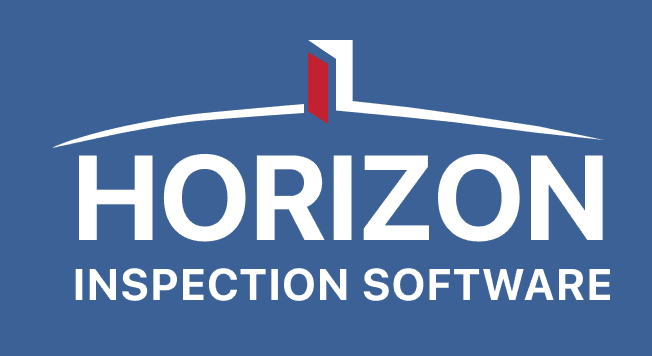My Role
User Research, User Interface Design Interaction Design, Visual Design, User Flows, Rapid Prototyping
Year
2024
Research
Focused Redesign: Enhancing Report Writing and Inspection Booking on the Web App
Research findings revealed that inspectors typically rely on mobile devices or tablets while conducting on-site inspections, using these tools to gather data as they move through the property. However, once the inspection is complete, they turn to the web app for more detailed tasks like writing comprehensive reports and scheduling future inspections. With this insight, the redesign of the web app centered on improving these critical functions—streamlining the report writing process and enhancing the inspection booking workflow. This approach ensures the web app better supports inspectors’ needs when they transition from fieldwork to administrative tasks, allowing for a more efficient and seamless experience.
Design Goals
Based on the research findings, the redesign focused on the following goals:
1
Simplify the process of generating and editing inspection reports.
Improve the layout and navigation for faster, more intuitive access to reporting tools.
2
Make scheduling inspections quicker and more user-friendly.
Optimize the booking workflow to reduce the steps and time needed for setting appointments.
3
Redesign the interface for better organization and ease of use.
Ensure intuitive navigation that aligns with inspectors' typical workflows.
Implement a clean, modern design that reduces clutter and improves focus.
4
Ensure seamless synchronization between data collected in the mobile app and tasks completed on the web app.
Improve cross-device compatibility, enabling smooth transitions from mobile inspection to web-based reporting and booking.
Redesign
Redesign Process
We conducted extensive user research, including interviews and surveys, to understand inspectors' pain points and expectations. We also analyzed competitor apps to identify trends and best practices in the industry.
Design
Wireframing and Prototyping: I developed wireframes and prototypes of a modernized UI, focusing on simplifying navigation and workflows.
Prototypes were tested with current users, particularly older inspectors, to ensure ease of use and efficiency.
Research
Iteration and Feedback:
During user testing, we uncovered a significant issue with the initial design that utilized a sidebar for navigation. While this layout seemed intuitive at first, it quickly became clear that the sidebar was taking up valuable screen real estate, leaving less room for key content. This design flaw led to an increase in horizontal scrolling, especially frustrating for users on smaller devices like tablets, where the limited space made navigation cumbersome. Users expressed frustration with constantly having to scroll back and forth to view the full content, which slowed down their workflow.
To address this, we made the decision to shift from a sidebar navigation to a top navigation bar. This change freed up more screen space for the main content and provided a more streamlined and user-friendly interface. By moving the navigation to the top, users now experience less scrolling and a more efficient layout, making the app easier to use, particularly on devices with smaller screens.

Booking an inspection











Creating a Report
Once the client has paid and accepted the contract, the inspector begins creating a report for the property they are inspecting. This typically starts on-site, where the inspector captures essential details about the home during the inspection.
While some information is noted in real time, the inspector often writes the detailed report afterward, ensuring all aspects of the property are thoroughly documented.



Writing a Home Inspection Report
In this step, the inspector writes a detailed report covering all aspects of the home. Each topic, such as Roofing, is addressed by adding descriptions, limitations, and recommendations specific to that part of the house.
The inspector also includes images and notes to provide visual context and further clarify the findings. This detailed documentation ensures that the client receives a thorough and accurate assessment of the property.










Publishing a report
After the inspector finalizes and previews the inspection report, they generate, publish, and send it to the client. The process involves ensuring that all information is accurate and complete, and then generating the final report in the desired format.
Once the report is generated, it is published, making it accessible to the client. Finally, the inspector sends the report via email or through a link, ensuring timely delivery to the client for review.




Outcomes
Project Outcome
The project successfully translated designs into development, enabling new inspector onboarding while migrating legacy data. Through continuous user feedback, we refined features until the project was put on hold.
Core Success Metrics I Would Track:
Increased inspection completion rates and positive feedback, indicating inspectors found the platform efficient and helpful-
Higher platform usage and successful onboarding of new inspectors, showing effective adoption across user groups
Growth in successful data migrations, reflecting smooth transition from legacy system
Lower support ticket rates and higher user retention, demonstrating platform reliability
Decrease in inspection errors and faster onboarding time for new hires, suggesting improved workflows and training process
The new designs were well-received as they maintained familiarity while introducing improvements, though due to the early project conclusion, I wasn't able to gather long-term metrics.




